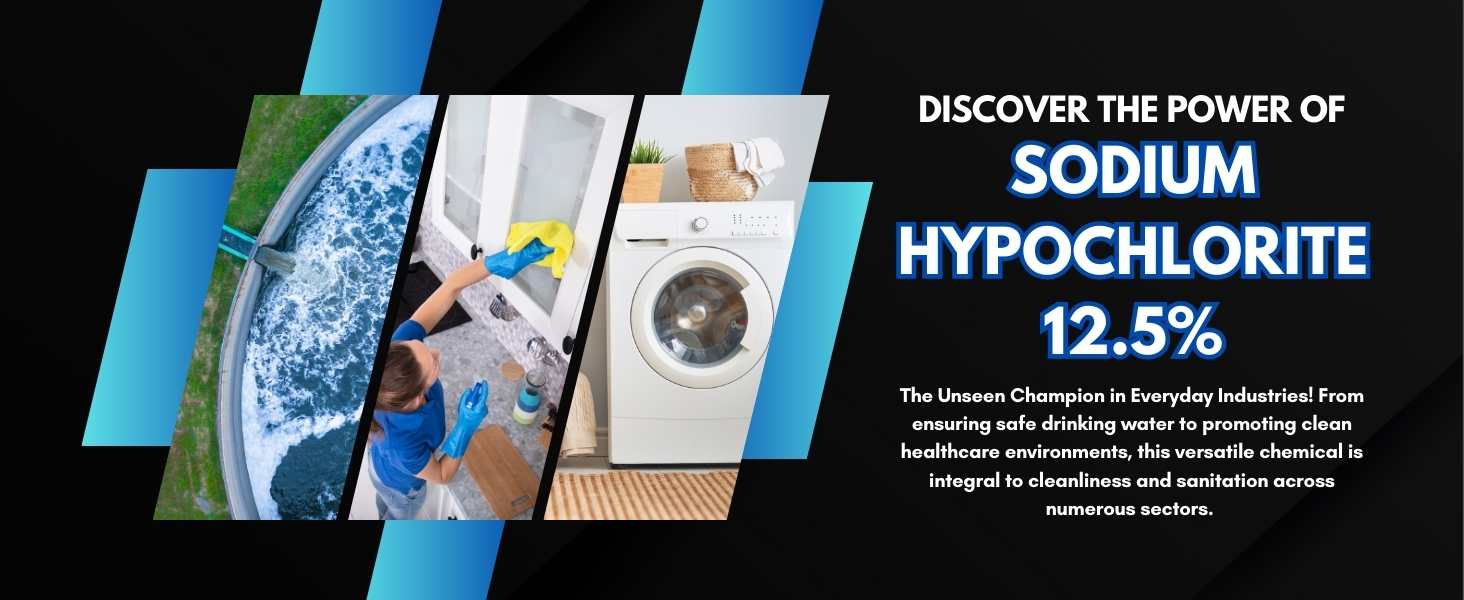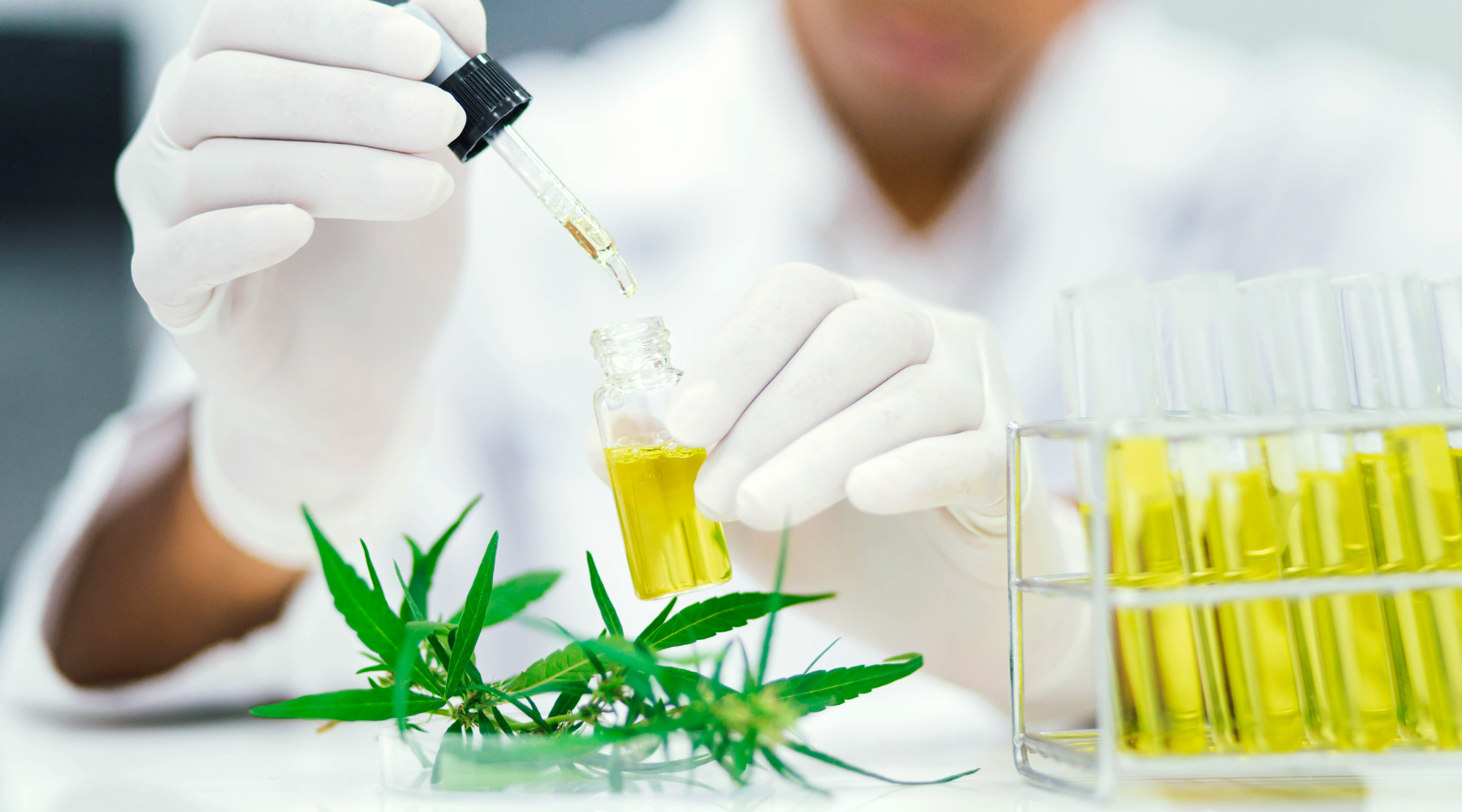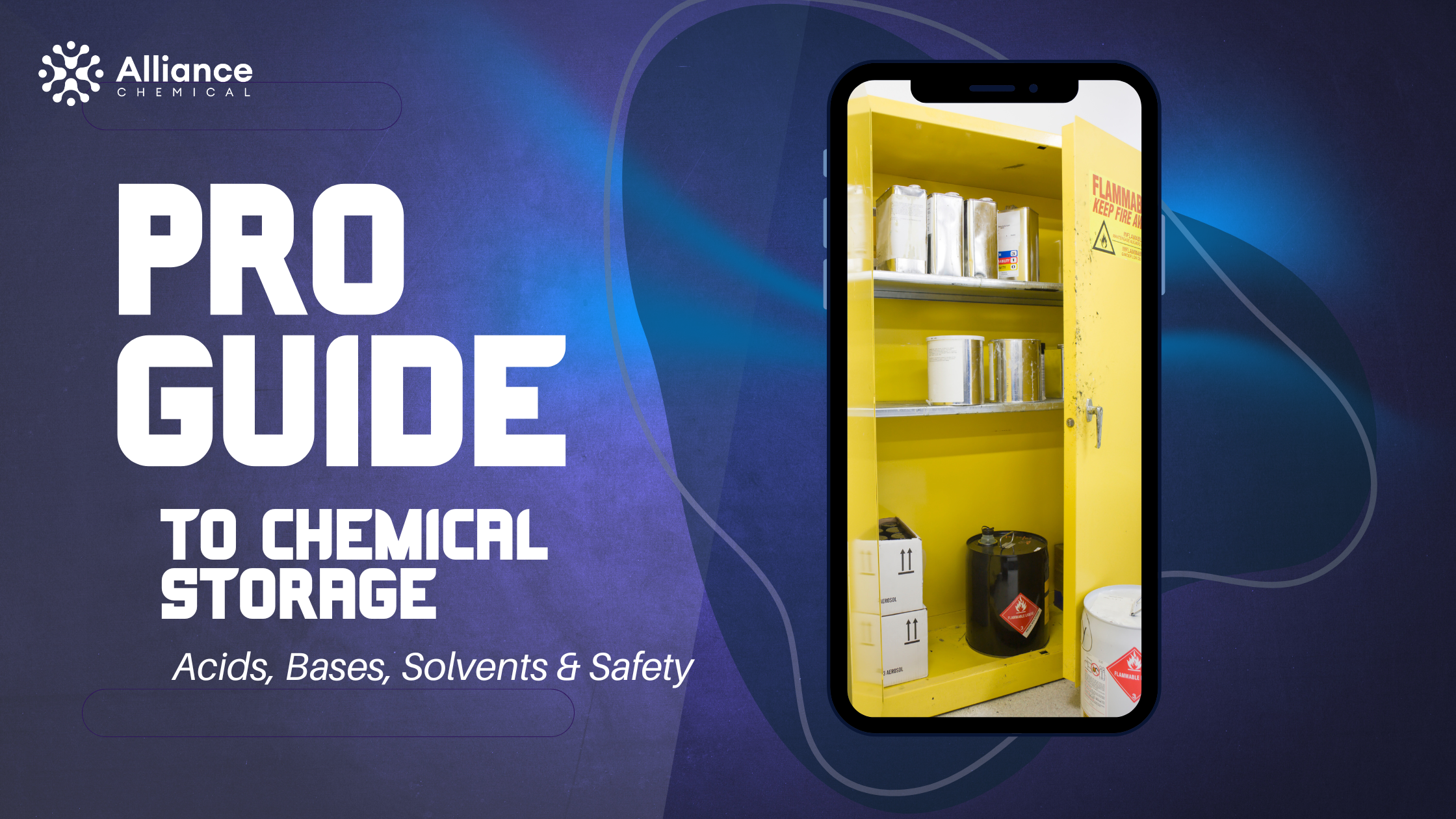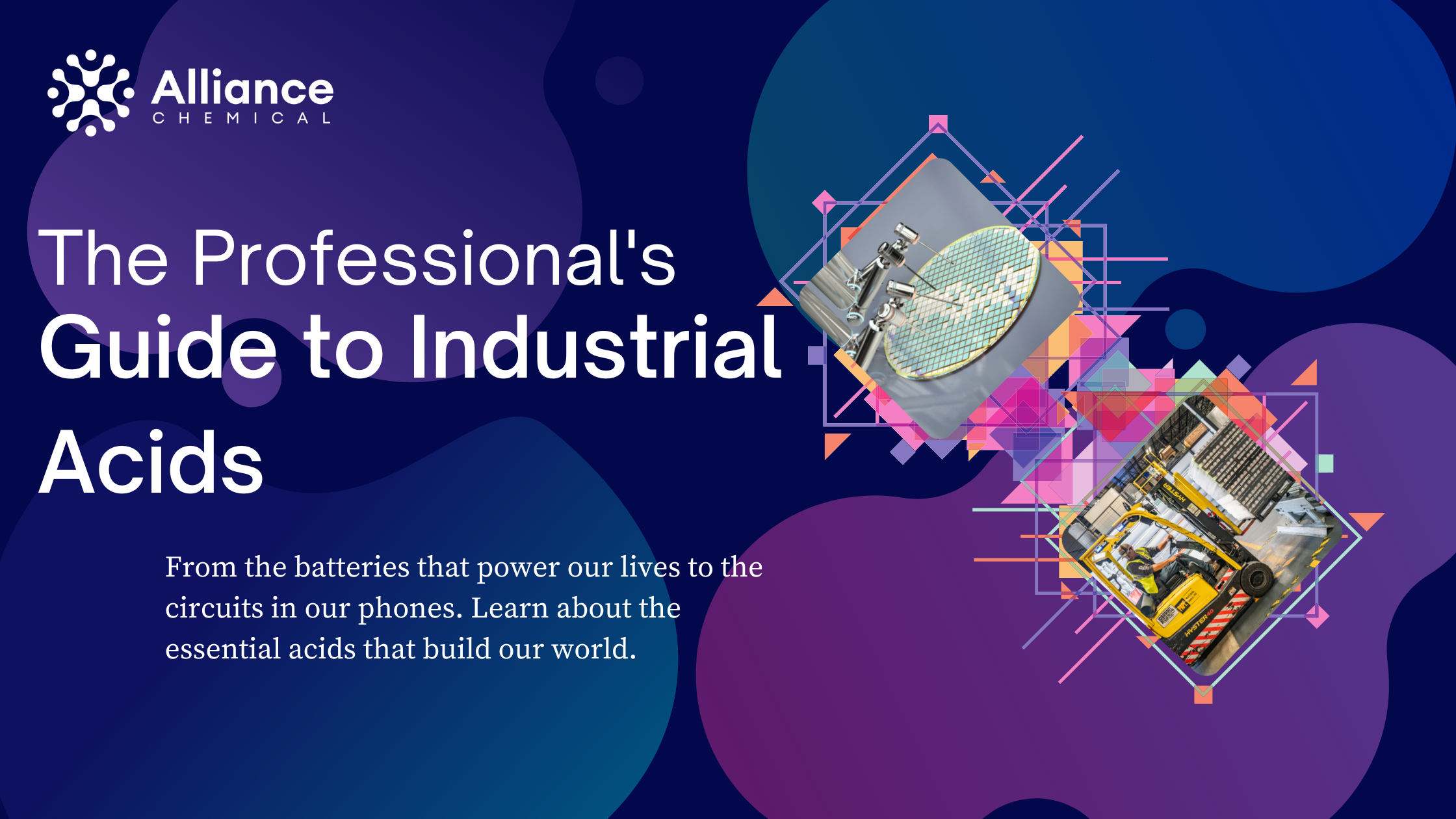
The Top Applications of Sodium Hypochlorite 12.5% in Everyday Industries
Summary
Sodium Hypochlorite (NaOCl) is arguably the most essential and widely used disinfectant in the world. While household bleach is a familiar product, its industrial-strength counterpart, 12.5% Sodium Hypochlorite, is a powerful chemical workhorse vital to public health and safety. This definitive technical guide explores the science of chlorine disinfection, details the critical applications of the 12.5% solution, and provides the expert knowledge needed to use this powerful tool safely and effectively.
The Chemistry of Disinfection: Unlocking Chlorine's Power
Sodium Hypochlorite is the sodium salt of hypochlorous acid. When it is added to water, it dissociates and establishes an equilibrium between the hypochlorite ion (OCl⁻) and the far more powerful sanitizer, hypochlorous acid (HOCl).
NaOCl + H₂O ⇌ HOCl + NaOH
It is the hypochlorous acid that does the heavy lifting. As a strong oxidizing agent, it destroys microorganisms like bacteria, viruses, and fungi by attacking the lipids in their cell walls and inactivating essential enzymes. The total concentration of these two forms in water is referred to as Free Available Chlorine (FAC).
The Critical Role of pH
The effectiveness of Sodium Hypochlorite is critically dependent on the pH of the water. The equilibrium between the powerful HOCl and the weaker OCl⁻ is governed by pH.
- At a lower pH (e.g., 6.5-7.5), the equilibrium shifts to favor the formation of hypochlorous acid (HOCl), making the solution a much more potent and fast-acting disinfectant.
- At a higher pH (e.g., above 8.0), the equilibrium shifts to favor the hypochlorite ion (OCl⁻), which is a significantly weaker sanitizer.
Professional Takeaway
For maximum efficacy in applications like water treatment, maintaining a pH between 7.2 and 7.6 is crucial. Operators will often use an acid like Muriatic Acid to lower the pH before chlorination to get the most sanitizing power out of their Sodium Hypochlorite.
Why 12.5%? Household vs. Commercial Grade
Standard household bleach is typically a 5.25% to 6% solution of Sodium Hypochlorite. The 12.5% solution is a professional, industrial-strength grade that offers several key advantages:
- Concentration: It contains more than double the active ingredient, making it far more potent and effective for large-scale applications.
- Cost-Effectiveness: For large volume users, purchasing a concentrated product is more economical than buying diluted household bleach.
- Freshness & Stability: Sodium Hypochlorite naturally degrades over time into salt and water, losing its strength. Professional suppliers provide fresh, properly stored product that ensures you are getting the full 12.5% trade percentage.
Critical Applications for 12.5% Sodium Hypochlorite
1. Municipal and Commercial Water Treatment
This is a primary application. 12.5% NaOCl is the most common chemical used for the disinfection of drinking water and wastewater. It is dosed into the water supply to kill pathogenic organisms and is a cornerstone of public health infrastructure. It is also used for "shock chlorination" to disinfect new water mains or remediate contaminated wells.
2. Professional Pool & Spa Sanitation
Often referred to as "liquid chlorine" in the pool industry, 12.5% Sodium Hypochlorite is the preferred sanitizer for many commercial and residential pools. It provides an instant source of Free Available Chlorine to kill algae and bacteria, without adding the cyanuric acid (stabilizer) found in solid chlorine tablets. This makes it ideal for both daily chlorination and for "shocking" the pool to resolve problems like algae blooms or high bather loads.
3. Industrial & Commercial Surface Disinfection
In healthcare, food processing, and institutional settings, 12.5% Sodium Hypochlorite is diluted to create powerful surface sanitizers. The CDC recommends specific concentrations for disinfecting against various pathogens.
4. Soft Washing and Exterior Cleaning
In the professional exterior cleaning industry, 12.5% NaOCl is the primary active ingredient in "soft washing" solutions. It is diluted and mixed with surfactants to safely and effectively kill and remove mold, mildew, algae, and organic stains from delicate surfaces like roofing shingles, vinyl siding, and wood decks without the use of damaging high pressure.
Dilution Guide for Common Applications
Proper dilution is key to safe and effective use. Always add bleach to water, never the other way around.
| Application | Target Concentration | Dilution Ratio (12.5% NaOCl to Water) | Notes |
|---|---|---|---|
| General Surface Sanitizing | ~500-600 ppm FAC | 1:20 (e.g., 6 oz per gallon) | Requires a 5-10 minute contact time. For food contact surfaces, rinse with potable water. |
| Pool Shocking (10k Gal.) | Raise FAC by 5-10 ppm | ~0.5 to 1 gallon | Add at dusk to prevent UV degradation. Always test water chemistry first. |
| Soft Wash (Roof/Siding) | 1% - 4% Solution | 1:12 to 1:2 | Must be mixed with a professional surfactant. Strength depends on the severity of organic growth. |
MANDATORY Safety Protocols for 12.5% Sodium Hypochlorite
12.5% Sodium Hypochlorite is a hazardous chemical that is corrosive to skin, eyes, and metals. It can also produce deadly chlorine gas if mixed with other chemicals. Handle with extreme care.
- NEVER MIX WITH ACID: Mixing bleach with any acid, such as muriatic acid or even household toilet bowl cleaners, will produce deadly chlorine gas instantly.
- NEVER MIX WITH AMMONIA: Mixing bleach with ammonia-based cleaners produces toxic chloramine gas.
- Personal Protective Equipment (PPE): Always wear chemical-resistant gloves, splash-proof safety goggles, and a face shield. A respirator with an acid gas/chlorine cartridge is required for indoor or poorly ventilated applications.
- Ventilation is Critical: Use only in a very well-ventilated area to avoid inhaling hazardous fumes.
- Storage and Degradation: Store in a cool, dark, well-ventilated area. Heat and sunlight will rapidly degrade the product, causing it to lose strength and release oxygen, which can pressurize a sealed container.









